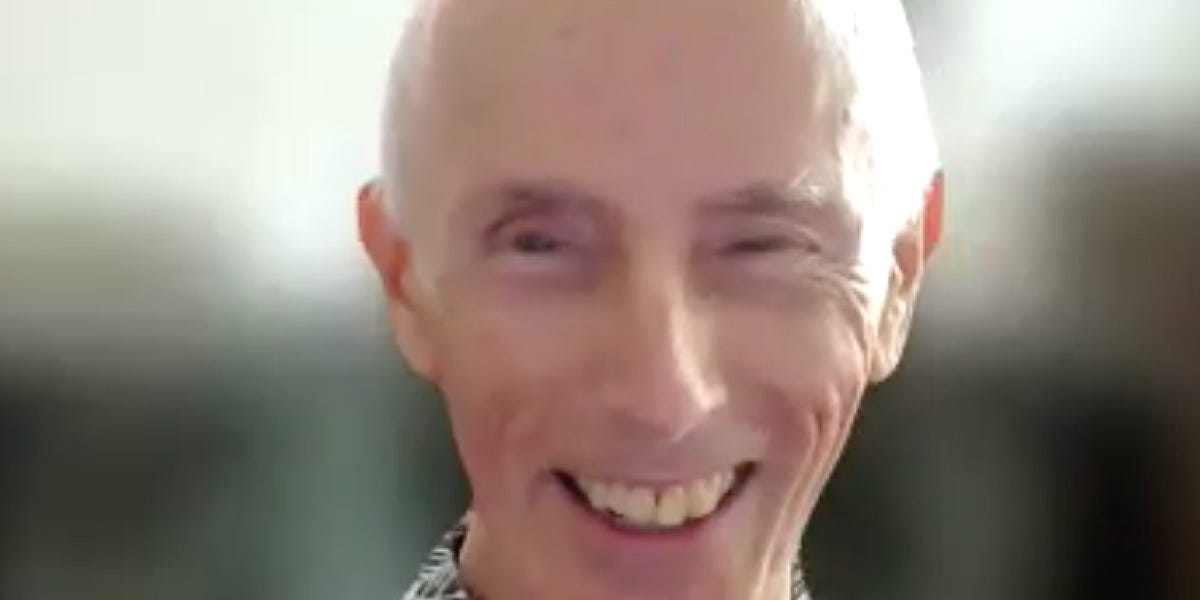Fixedly Questioning Fixed Sitting
In this post, we'll take a look at what Dogen actually taught for the inner method of zazen and how that might inform your practice now.

In some corners of the Zen world there is an assertion that although Dogen used koans in his teaching, he opposed the use of koans in zazen, and taught a method called just sitting (shikantaza). Indeed, many people consider this to be a distinguishing difference between Soto and Rinzai Zen. Some Soto teachers even call zazen a "koan-free zone."
However, this is simply a religious story, unsupported by the textual evidence. And it has a powerfully negative impact on the likelihood that present Soto Zen practitioners will awaken. So it is no small thing. Indeed, the specifics of the vital method of zazen are essential for the fulfillment of our Bodhisattva Vows. This is what has been transmitted in the living lineages. Indeed, as old Dogen taught,
In this post, we'll take a look at what Dogen actually offered for the inner method of zazen and how that might inform (i.e., disrupt) your practice now. Specifically, we want to emphasize that the practice of zazen is always – always – directed at, and coming from within the fulfillment of the Four Great Vows, i.e., liberation for all living beings. And that this zazen is vivid, intense, and ungraspable.
We'll also be viewing the present in light of the past and connecting Dogen's view to several other great teachers.

The koan
Whenever Dogen gave written instructions for zazen, he included the following koan, either directly, as he did in The Disruptive Point of Zazen (Zazenshin), or indirectly, as he did in several versions of his standard instructions (e.g., Universal Recommendations for Zazen [Fukanzazengi]):
The master answered, "I'm thinking of not thinking."
The monk asked, "How do you think of not thinking?"
The Master answered, "Nonthinking."
Yes, Dogen taught zazen with a koan – and does not mention shikantaza even once in any of his instructional texts. If you don't find that curious, you are not questioning fixedly.
Further, Dogen not only uses a koan to talk about zazen, he teaches zazen as koan, and koan as zazen – especially the koan of fixed thinking, not-thinking, and non-thinking.
This is not a novel observation. In Carl Bielefeldt's classic text from 1988, Dogen's Manuals of Zen Meditation, he notes:
Dogen even describes the above non-thinking koan as the essential art or the vital method of zazen. If fixed thinking, not-thinking, and non-thinking are the koan for the vital method of zazen, then they deserve our fixed attention.
Fixed thinking and not-thinking
First, let's think a bit about fixed thinking and not-thinking.
The monk approached while Yaoshan was doing zazen and had the gumption to ask, "What are you thinking so fixedly?" Yaoshan was a great master, so we can figure that he was not being swept away by the torrent of involuntary thoughts. That would be unfixed thinking. And unfixed thinking is regarded in Mahayana Buddhism as that which covers the buddha-nature (and obstructs the fulfillment of the Four Great Vows).
For example, in The Flower Garland Sutra, Shakyamuni Buddha says,
So unfixed thinking, i.e, delusions and attachments, is the problem. It is how conventional reality obscures the buddhanature.

However, there are three types of fixed thinking that are fitting for zazen. We'll touch on two now and the third below. First, fixed thinking about the method, remembering the basis of attention (i.e., be the breath and/or the keyword) and applying vigilance is fitting for fixed sitting. And indeed, without it our thinking is unfixed or soon will be. That is, when the body-mind is awash with the torrent of involuntary thinking, it is essential to fix thinking.
Second, when the mind has reached a point of stability (i.e., continuity with the basis of attention for long periods of time), or not-thinking, then what’s generally called “analytic meditation” in Mahayana Buddhism becomes a fitting focus for such fixed sitting. The Zen style of “analytic meditation” usually involves koan (e.g., “What is mu?” or "Who is the master hearing this sound?"). Asking the question by being the question is an important form of thinking fixedly in zazen.
Fixed thinking and not thinking work together to see the emptiness of thinking and thinker. A common error that practitioners make, especially those who haven't studied and are without a teacher, is to confuse and/or conflate not-thinking with awakening. This happens because not-thinking feels so profoundly wonderful that practitioners can fail to think fixedly in the the midst of that wonder.
Indeed, in another fascicle, "The Bhiksu of the Fourth Dhyana" (Shizen biku), Dogen has bitingly, over-the-top criticism for a monk who shuts up but fails to see:

Not-thinking and non-thinking
So not-thinking, in its subtlety, has two sides. First, it is samadhi, i.e., stabilizing the basis of attention. Second, not-thinking in conjunction with thinking fixedly sees the emptiness of thinking and thinker. But just because thinking and thinker are empty, don't think that not-thinking is nothing. That's just thinking of an idea of nothing.
Who, then, is it that is sitting fixedly? In The Disruptive Point of Zazen, Dogen says,
When we turn the light around and see nature, there is no eyes, no ears, no nose, and no thinking. Yet, there is someone. Who is this "someone?" In our koan curriculum this vital question appears as, "Who is the master hearing this sound?"
What is non-thinking? We find that at this point, Dogen not only uses old Yaoshan as a model for the present moment of zazen, but also the Sixth Ancestor, who said,
The Sixth Ancestor's liberation is the integration of prajna and samadhi (aka, seeing and shutting up). His non-thinking is written as 無念 or mu thinking. Indeed, although it may be old, the present moment of non-thinking appears through mu thinking.
In our koan curriculum this vital question appears as "What is mu?"
When not-thinking realizes the emptiness of thinking, you might think that we would then use not-thinking to realize non-thinking, aka, awakening. But this would be backwards. In The Disruptive Point of Zazen, Dogen writes,
We always use the liberative prajna-samadhi of mu thinking to practice not-thinking. So non-thinking – the integration of thinking and not-thinking – is the integration of the truths of the conventional and the empty. The great master Zhiyi in his creative three-truths paradigm, called this the Middle. And fixed thinking is the expression of this integration. Indeed, the only place for this integration to show up is for not-thinking and non-thinking to simultaneously present as fixed thinking.
This is the third kind of thinking that is fitting for fixed sitting. It is Yaoshan's great functioning, meeting the monk to present his awakening and fulfill the Four Great Vows.
It is a circle of the Way, arriving simultaneously while moving in stages.
Right thought, final thought
In another work, The Thirty-seven Factors of Awakening, Dogen unpacks "right thought" by raising this very non-thinking koan. He tells us that right thought is non-thinking and then says:
"Breaking through the zafu" means to apply oneself to fixed thinking so that not only is the sitting cushion worn through from years of use, but also so that the emptiness of self and other (i.e., "the baskets and cages are broken") is vividly clear.
Still, there are years of work to do to uncover and verify the body at rest.
Best get to it.
For more, see our previous post, "How Much Zazen Should I Do?"
And at Shake Out Your Sleeves and Go
On the Transparency of Self and Process: An Interview with Michael Kieran
My interview with Michael Kieran, the primary teacher at the Palolo Zen Center, long-time student of Robert Aitken Roshi, and successor of Nelson Foster, is now available for everyone (subscriptions are welcome, but not required):



